Photographer Alex Potter provides a rare glimpse inside Yemen’s crippled healthcare system.
Yemenis have always taken care of each other.
Before the war, families took what they didn’t eat for lunch to neighbors or the elderly, and restaurants saved their leftovers for widows and orphans sitting outside. Even before the current conflict began, poverty levels in the country were high, and most Yemenis lived on less than five dollars per day. Now, as the deadly war continues into its fourth year, wreaking havoc on the economy, imports, and the riyal, more Yemenis than ever are going hungry.
The current conflict began in early 2015, when the Houthis, an armed politico-religious group descended from their stronghold in the north to the capital of Sana’a, in the name of rooting out corruption and setting Yemen’s post-Arab Spring transition back on track. What followed was a full government takeover, the fleeing of current President Hadi from the country, and a firestorm of airstrikes and brutal blockade by Saudi Arabia and a coalition of Gulf States. Both sides have been accused of human rights violations, both from continuous airstrikes and the stalemate on the front lines of battles like in the city of Taiz. While the casualties are high—over 10,000, though recording exact numbers have proved contentious—tens of thousands more are either starving or dying from lack of access to medical care.
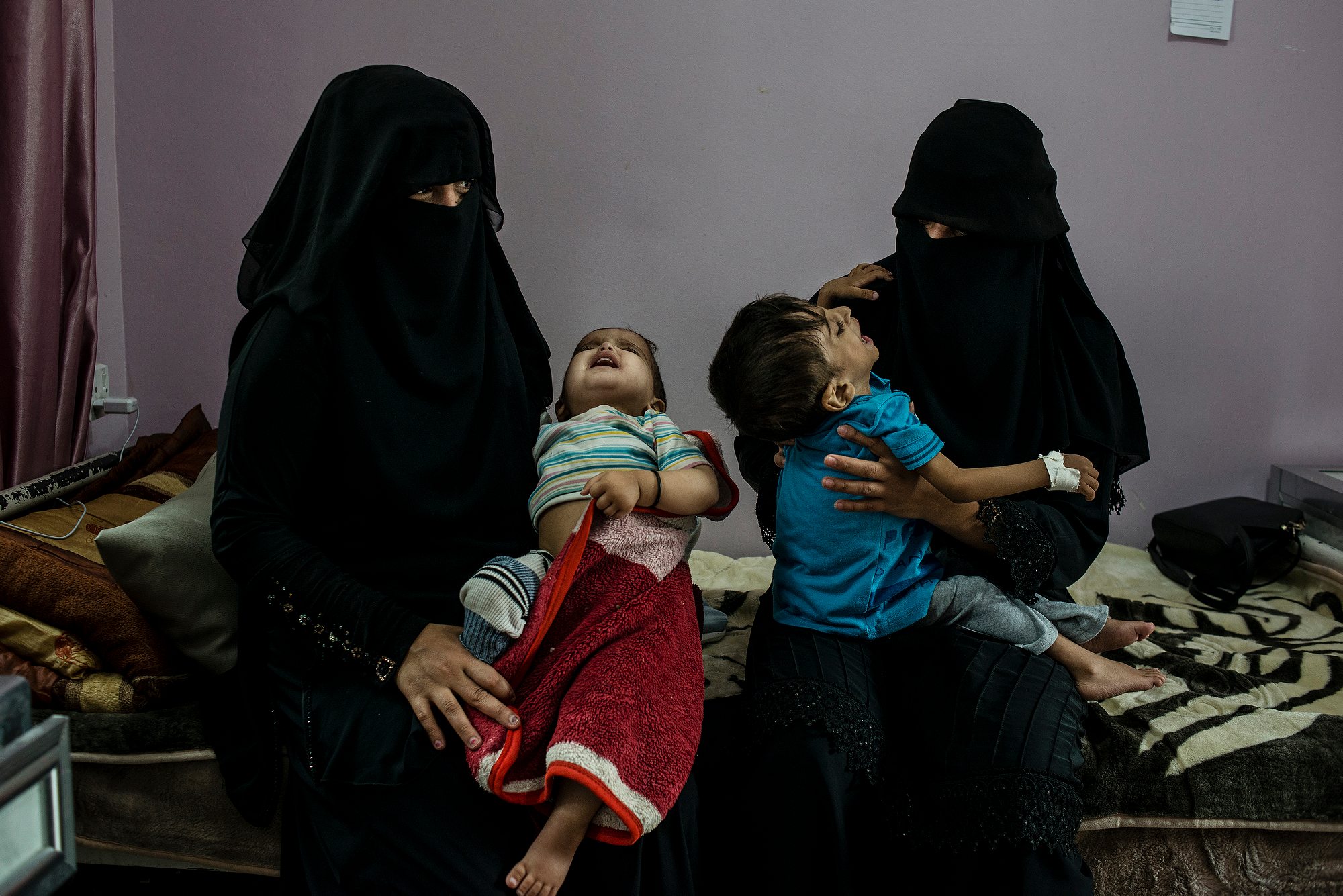
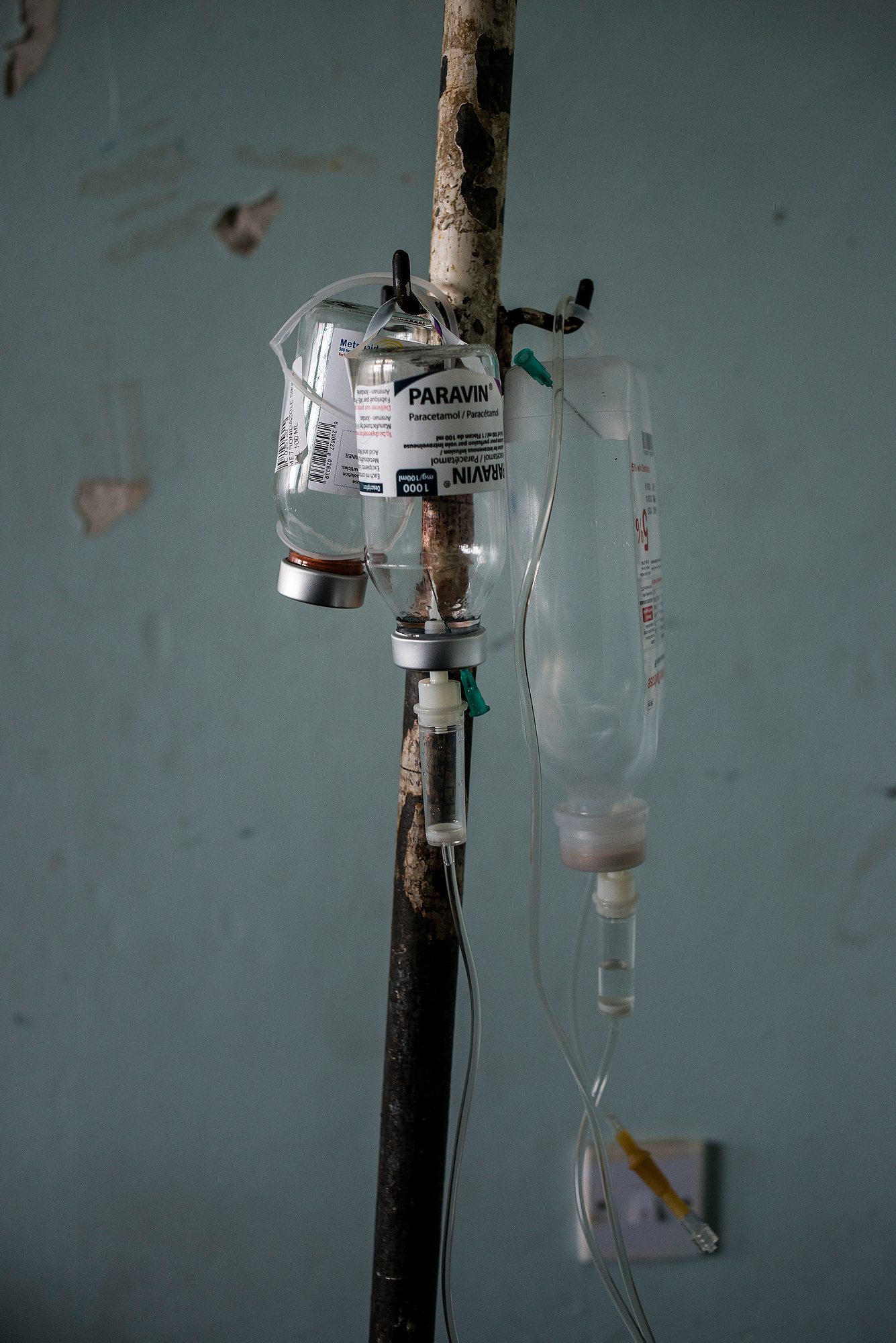

A fertile and mountainous country on the edge of the deserts of the Arabian Peninsula, Yemen has no trouble growing its own goods. Even amid a war, many markets are full of the staples: tomatoes, onions, garlic, and cucumbers, banana, papaya, and mango when in season. Yet, while produce is homegrown, the majority of other goods are imported, including rice and wheat, the primary food of an average Yemeni diet. With a number of ports closed and others under siege, and the black-market exchange of the riyal skyrocketing from a pre-war 215 per dollar to the most recent 600 per dollar rate, the cost of goods is insurmountable for even some middle-class Yemeni families.
Beggars used to be a rare sight on the streets of Sana’a, but now they can be seen at nearly every intersection: children asking for handouts, mothers carrying their malnourished babies, and desperate-looking men pushing elderly in wheelchairs.
The same holds true further south: in Taiz, where the years-long battle has brought services like trash collection to a half spreading disease. In Lahj, the southern province where thousands of Yemenis under siege have fled to, many living in informal tents lashed together with rope and tarp in camps, there are no signs of humanitarian aid and health care.
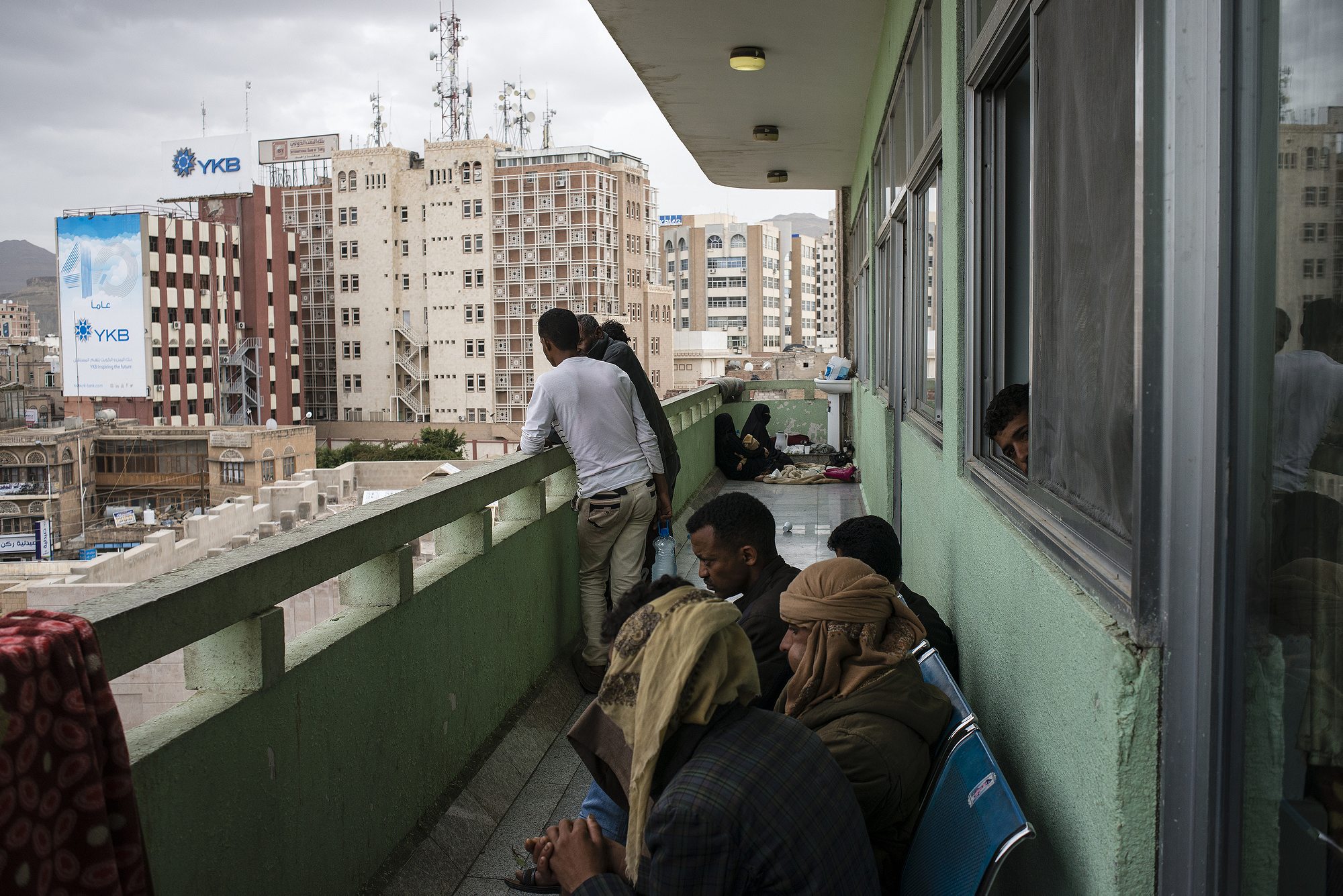
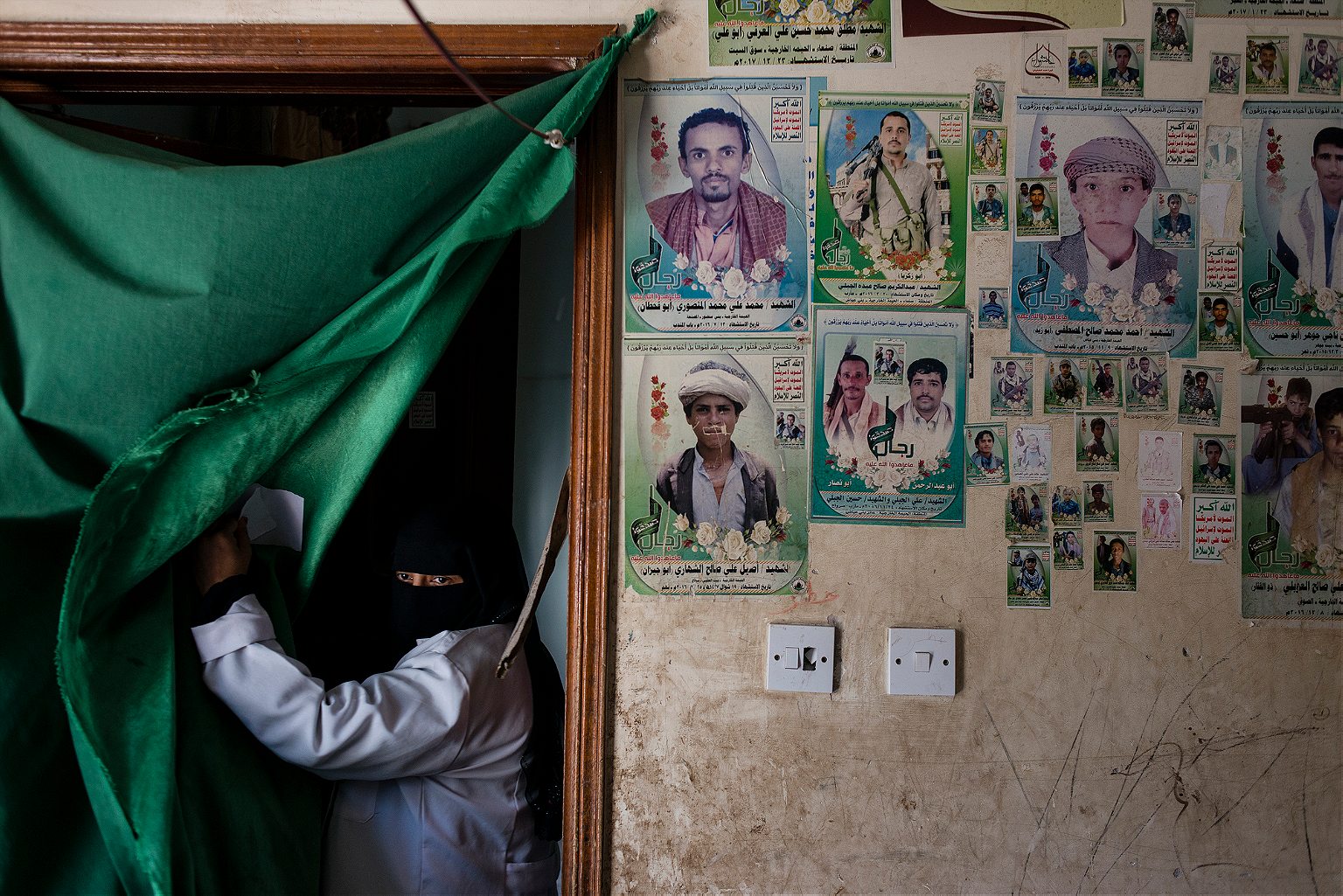
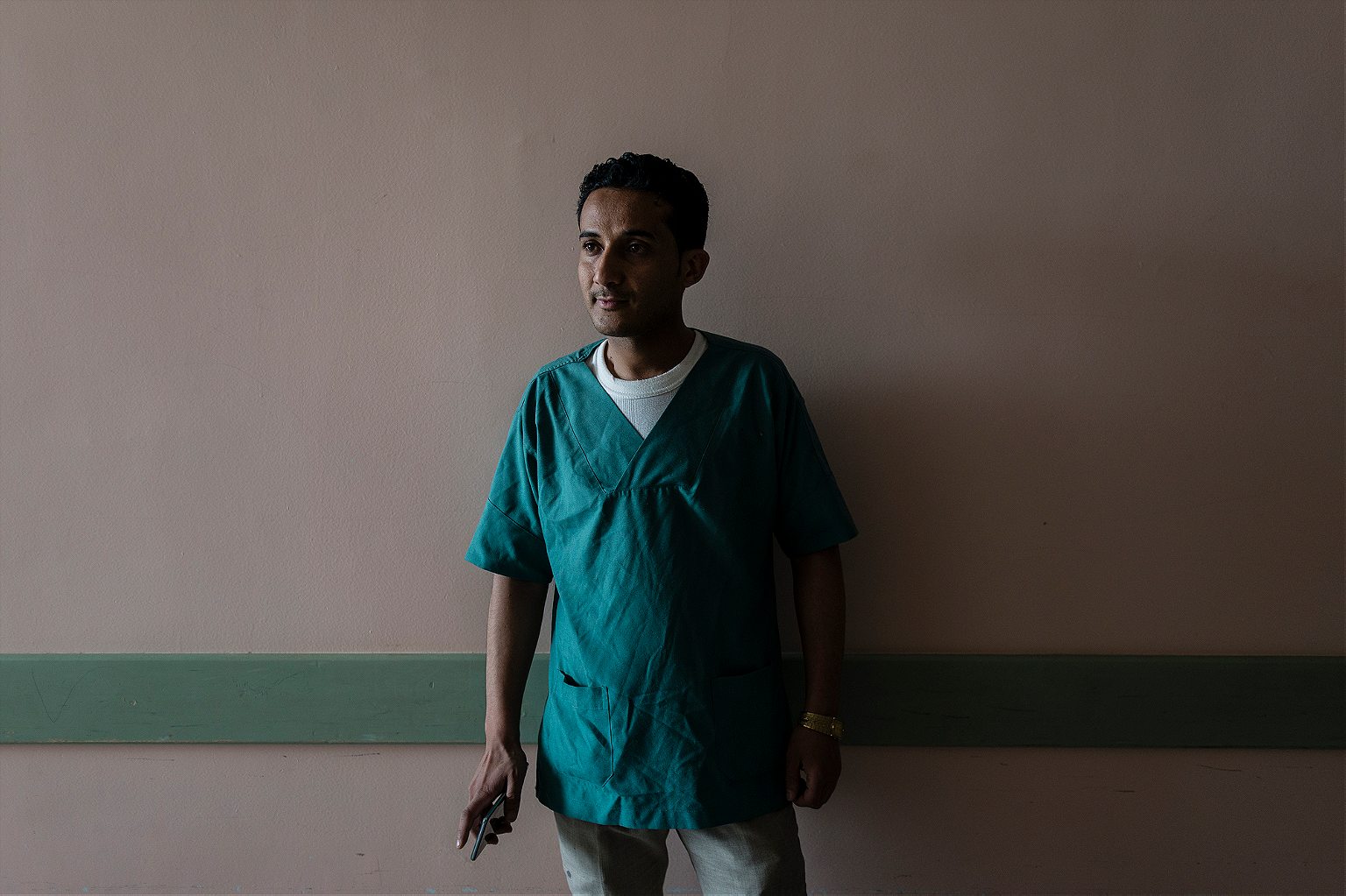
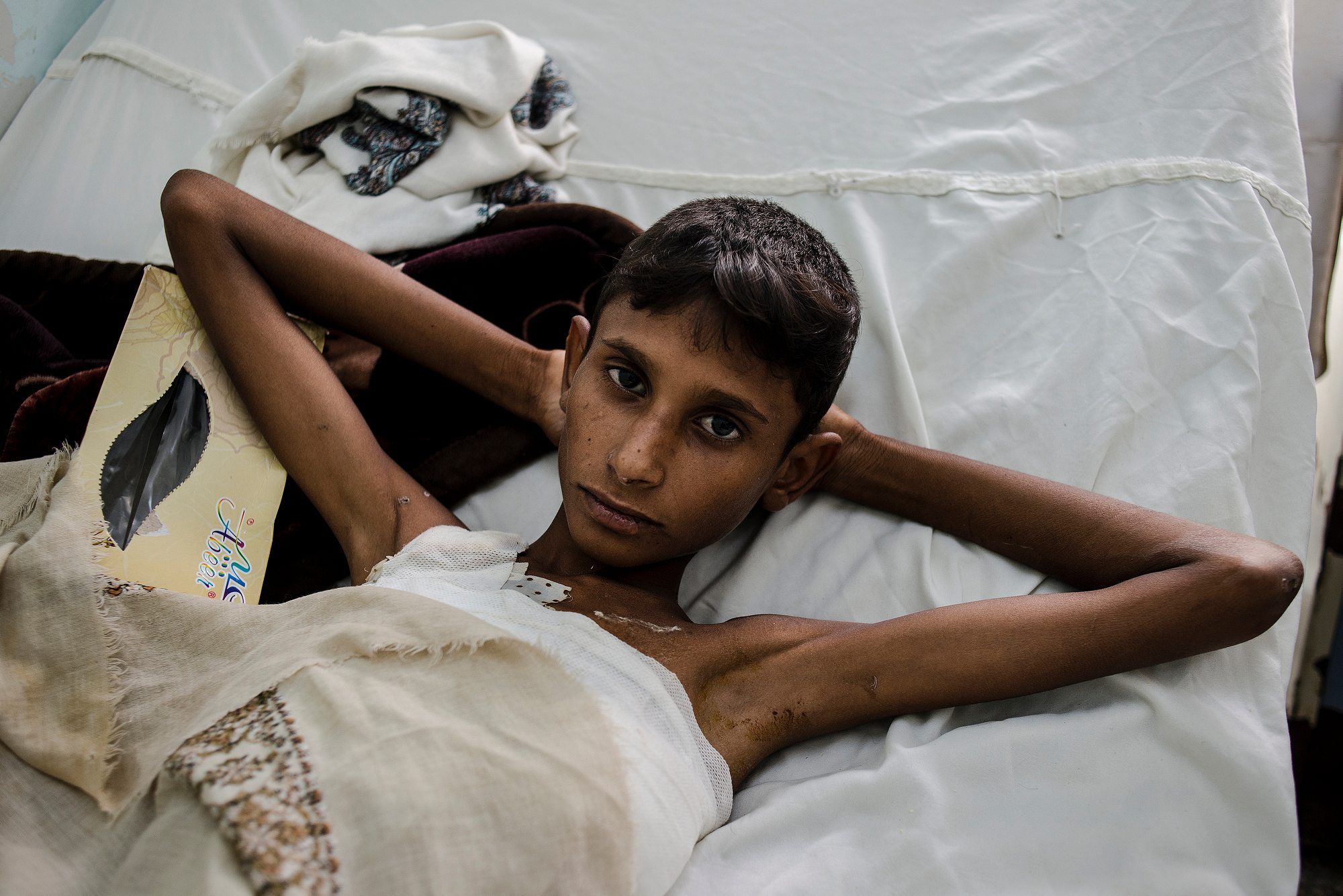
Government hospitals in every region are overcrowded and understaffed, many hospital staffs haven’t been paid in years, and chronic diseases like kidney failure, cancer, and long-term issues related to malnutrition take up the large burden of cases. The cholera season this year was not as severe, there have still been 115 confirmed deaths among 100,000 reported cases; and since a Saudi-led airstrike demolished an MSF cholera treatment facility in the northern town of Abs in Hajjah province, the risk remains high.
Related Reads
According to the most recent Food Security Update from Famine Early Warning Systems, nearly the entire country is in Crisis or Emergency mode and is expected to remain there for the foreseeable future, even with heavy humanitarian aid intervention.
Twenty-two million Yemenis rely on some sort of humanitarian aid—that’s over 80% of the population—and with the intensity of fighting expected to increase in the coming months, access for both Yemenis to receive aid and for humanitarian organizations to distribute it, will only become more difficult.
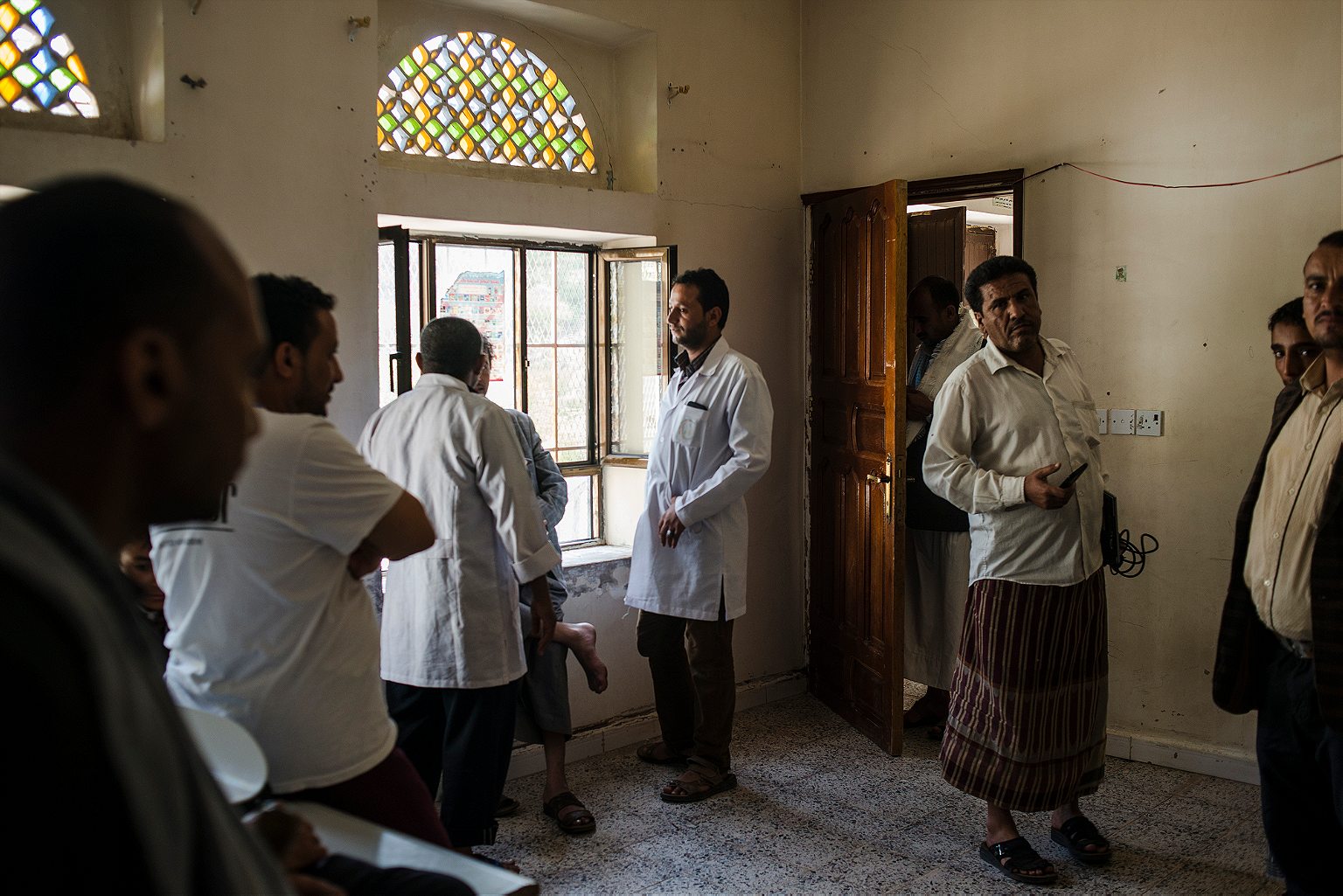

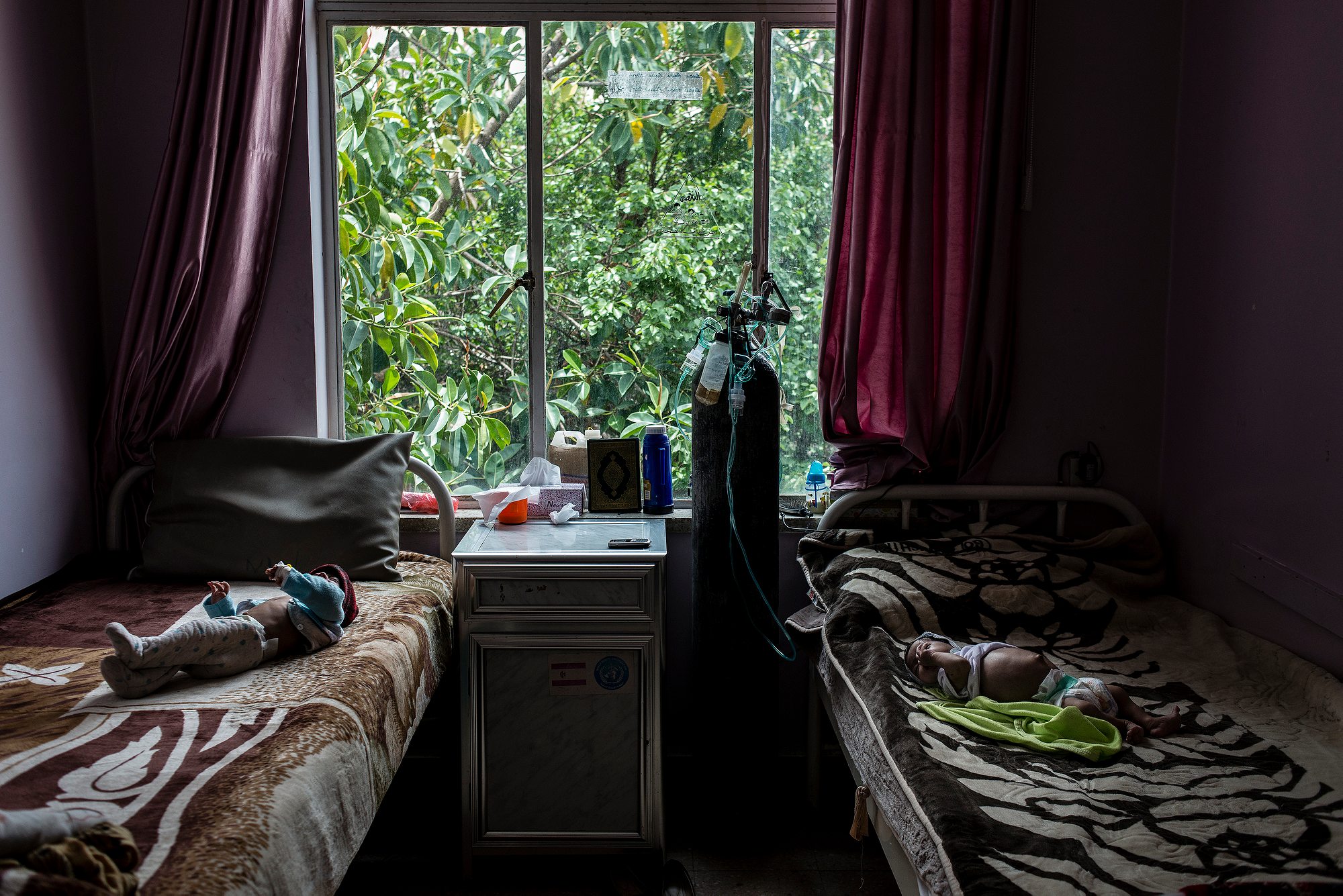
This week, peace talks between the Houthi leadership and Yemeni government loyalists and their allies failed once again. Unlike other attempts at an accord, which usually happen every six months or so, these talks didn’t even get off the ground; efforts to negotiate a ceasefire are usually fruitless. The next major push in the war is looming: the battle for Hudaydah, a port city on Yemen’s western coast that supplies nearly all the imported good to the north. The Houthis have held the city for much of the war, but Emirati troops and allied Yemeni forces are pushing back.
If that port is destroyed, or access cut off to a large part of the population, the consequences will be disastrous: the healthcare system will flounder, and more Yemenis will go hungry and die.






